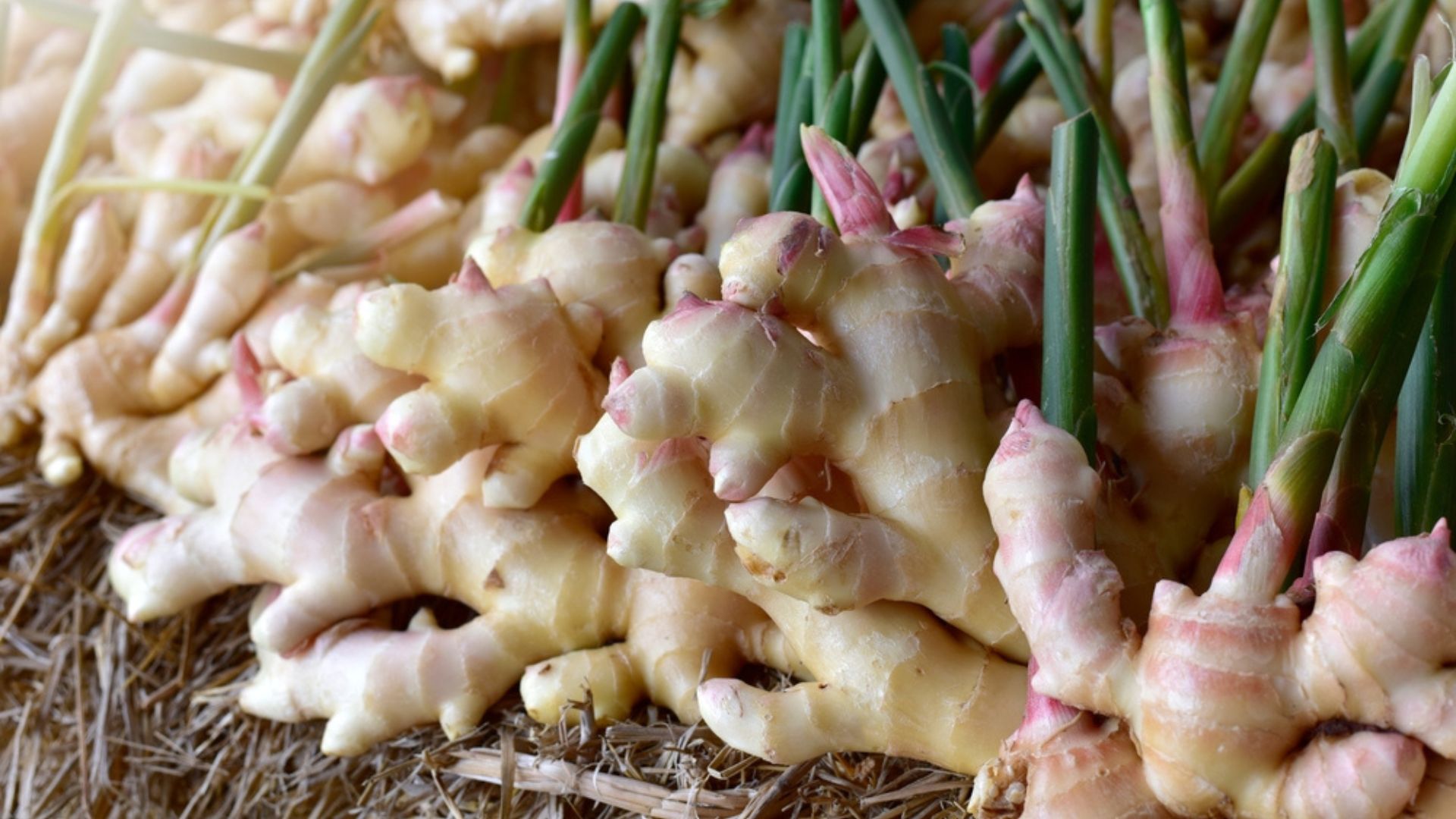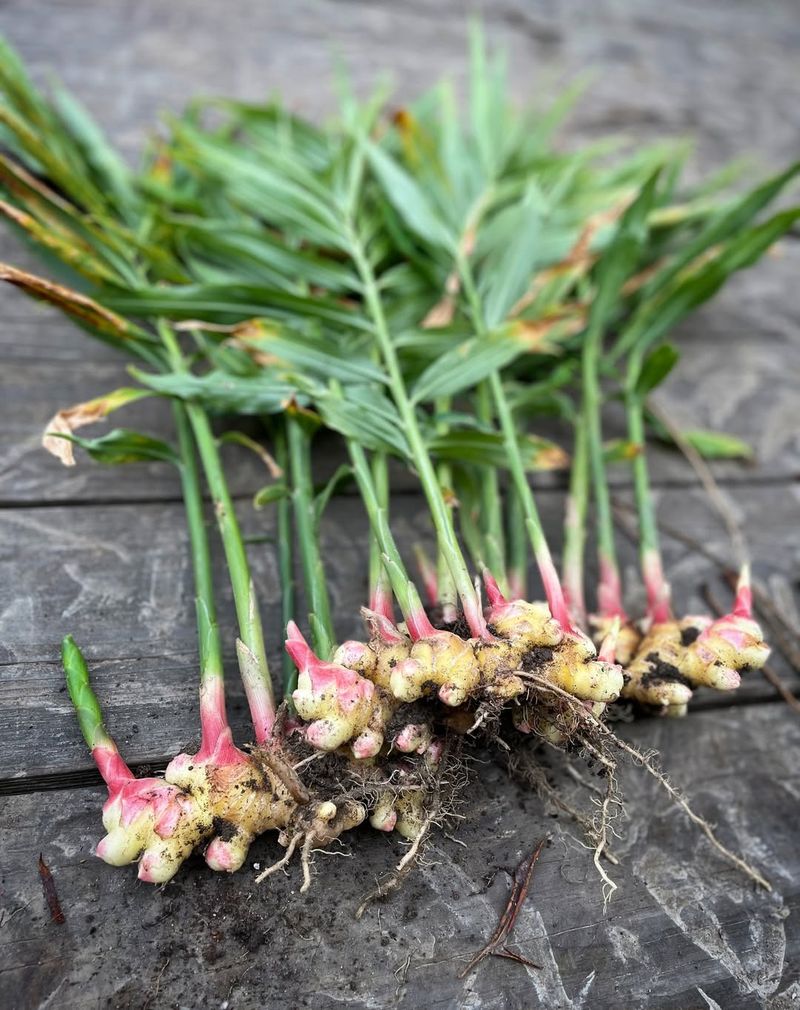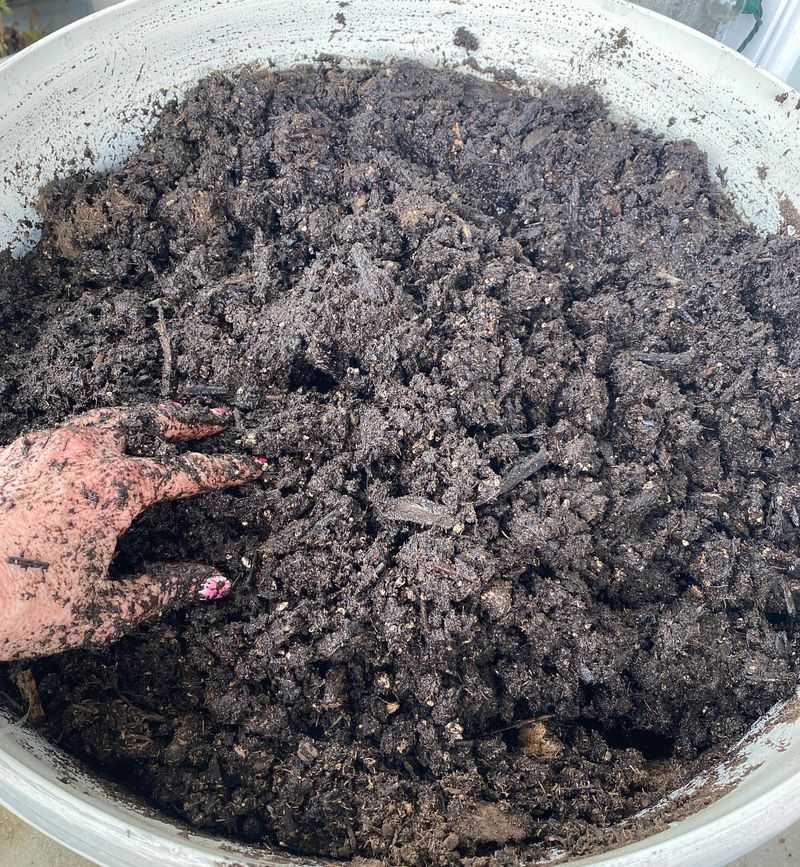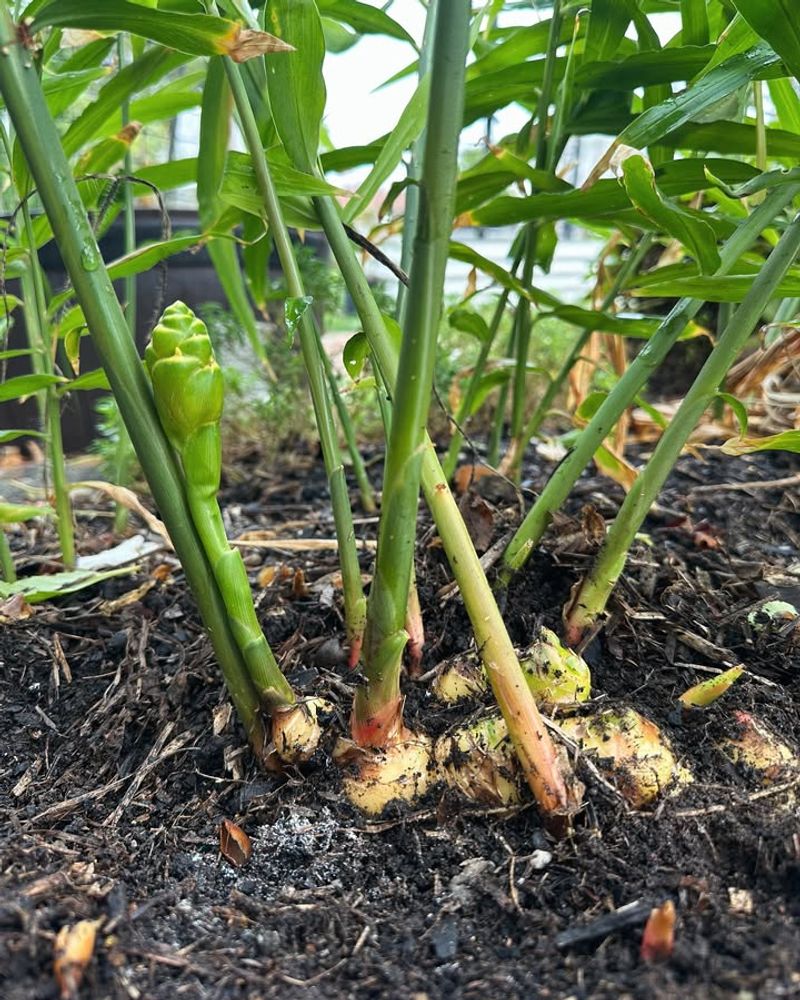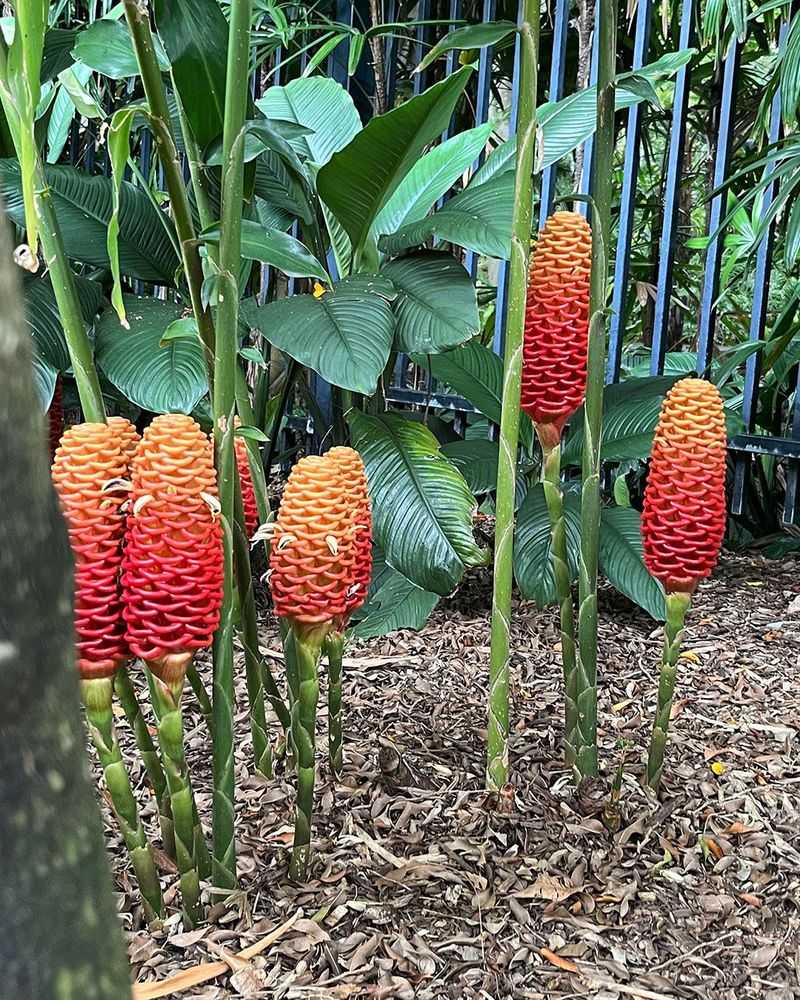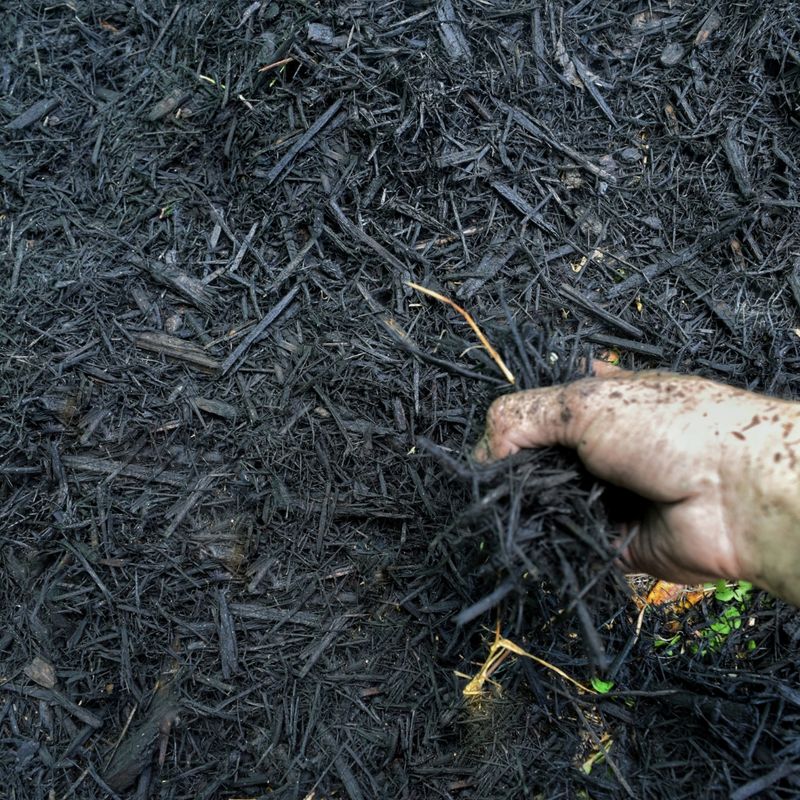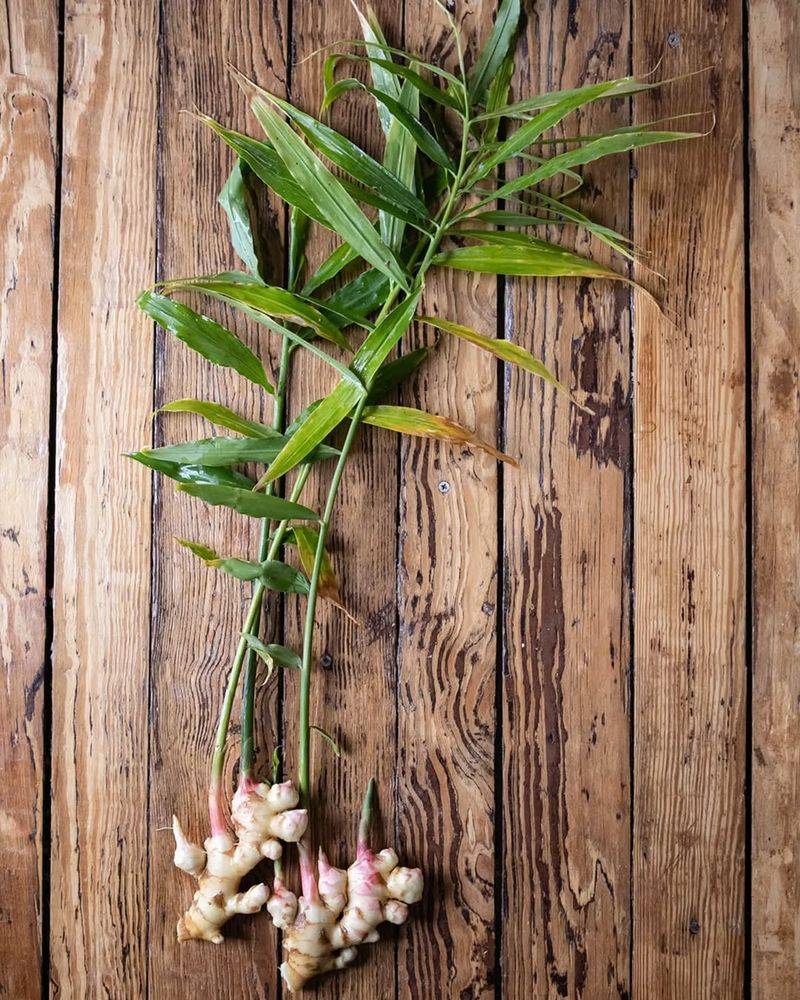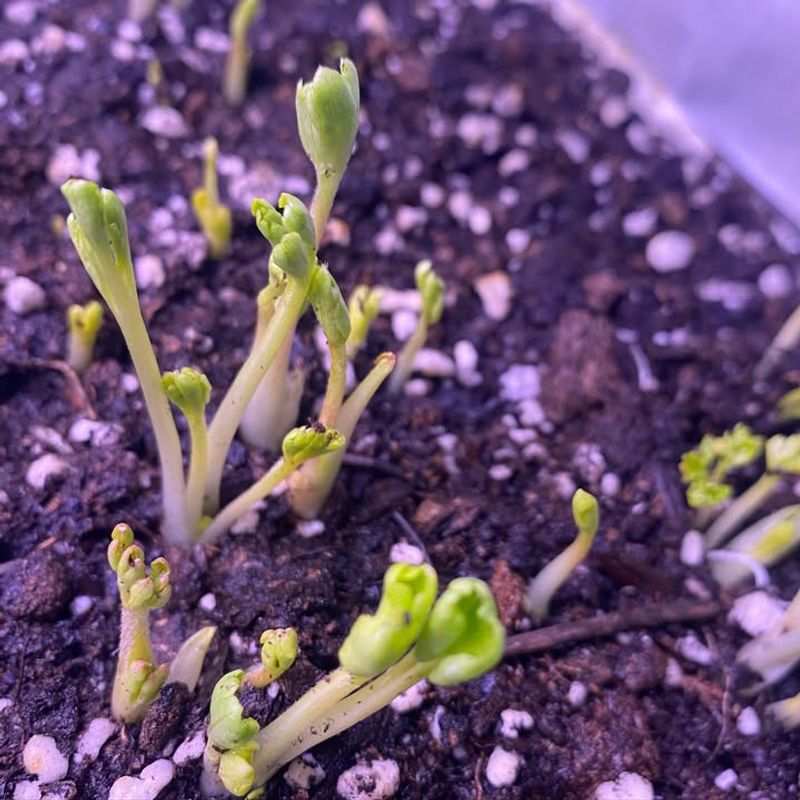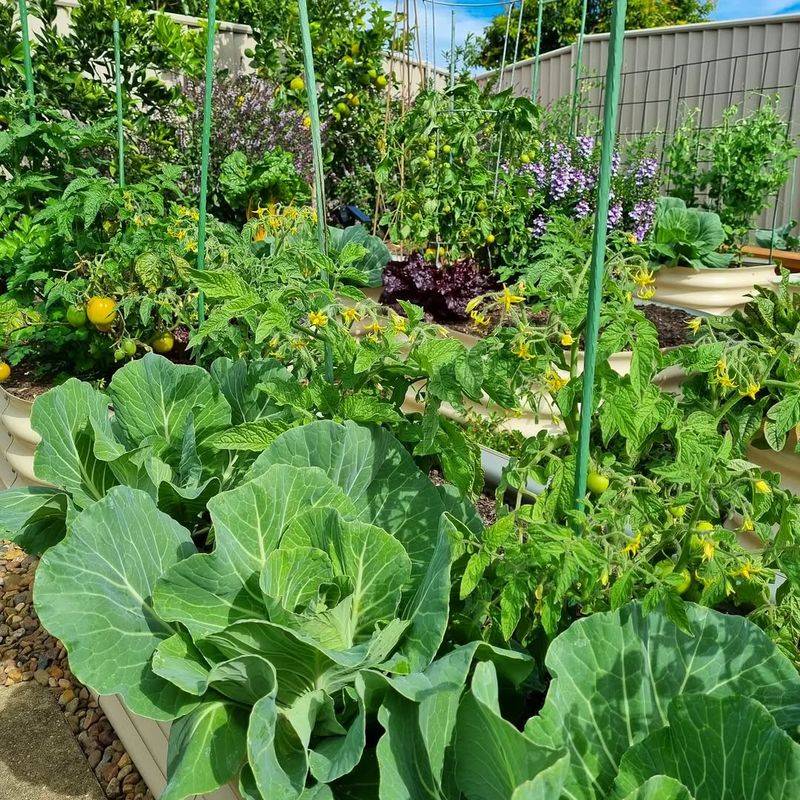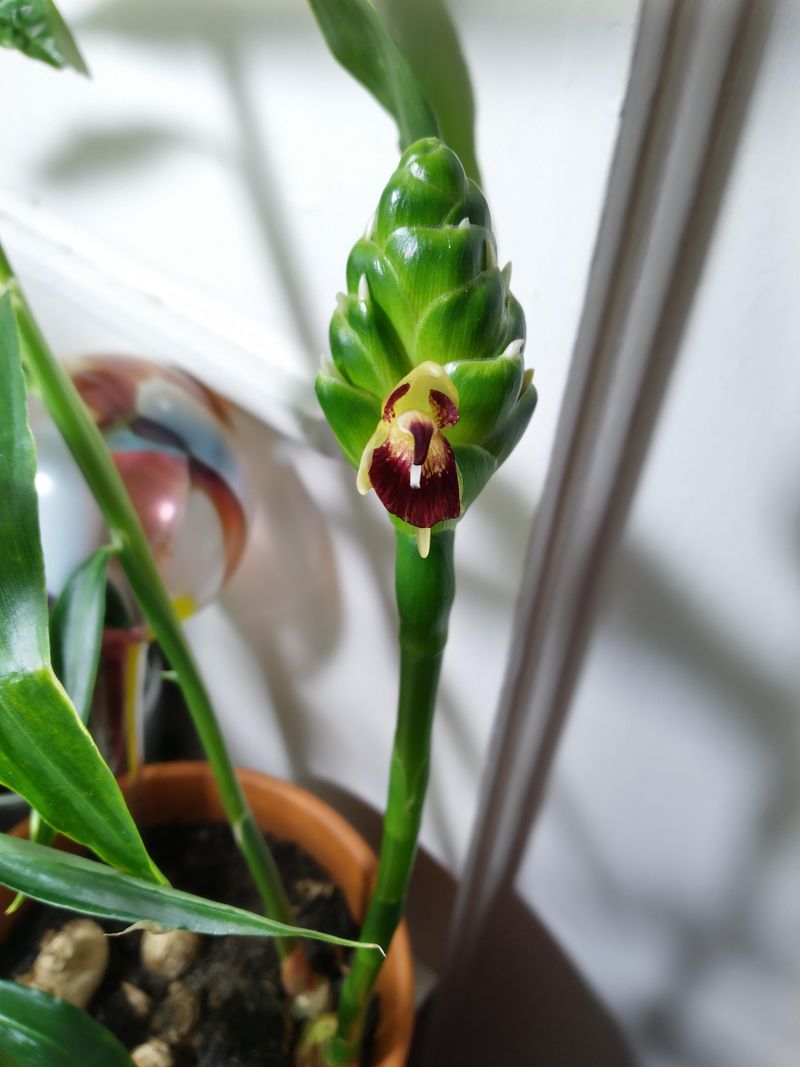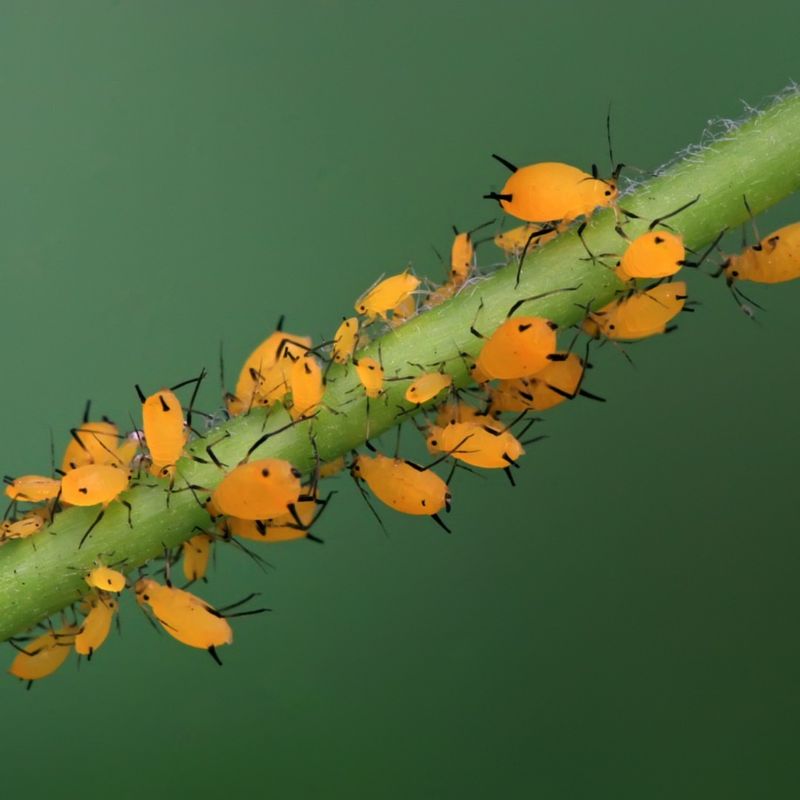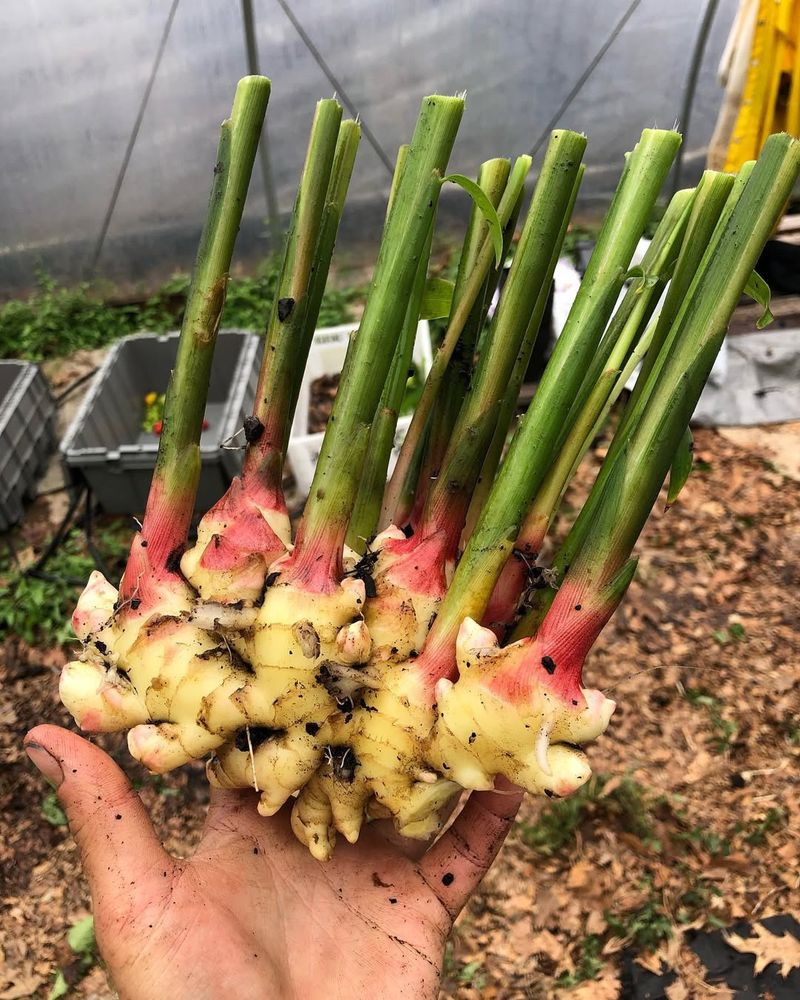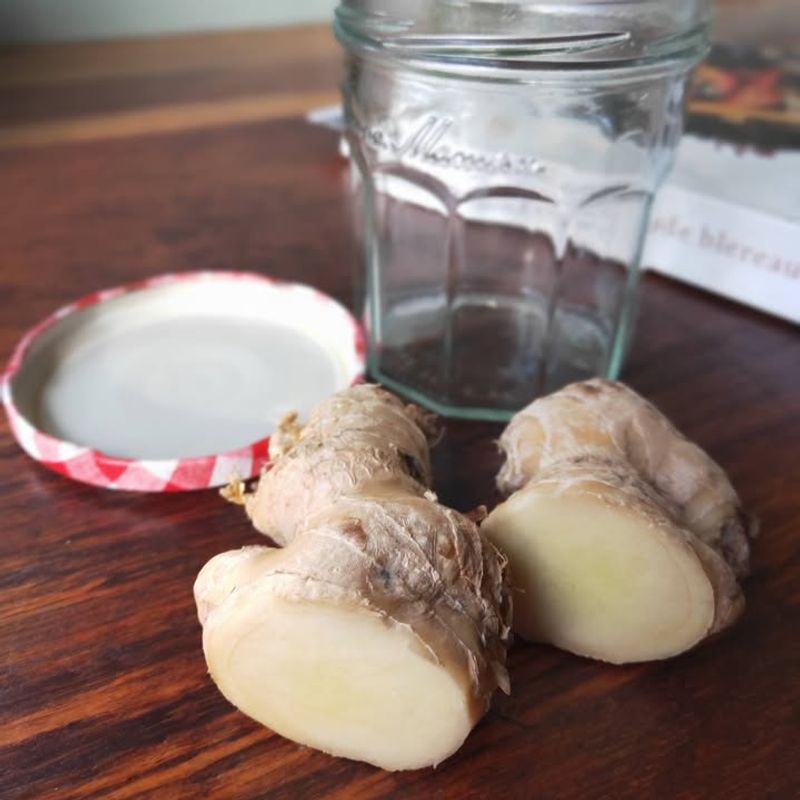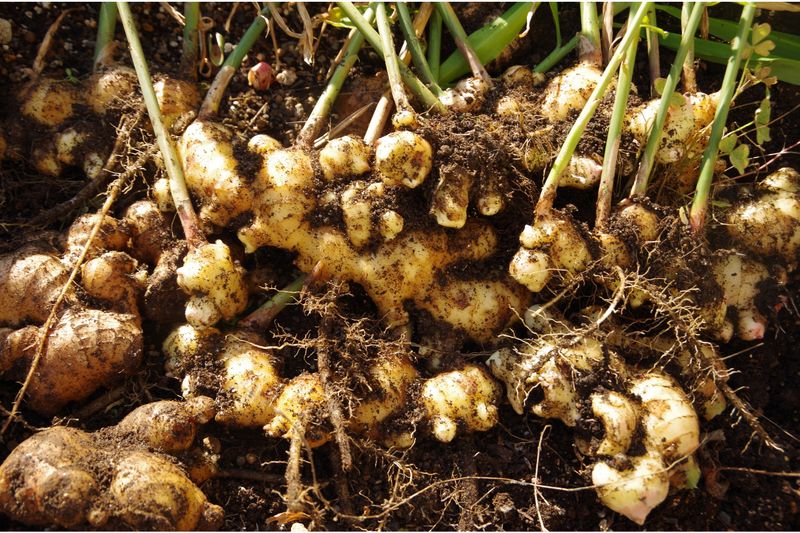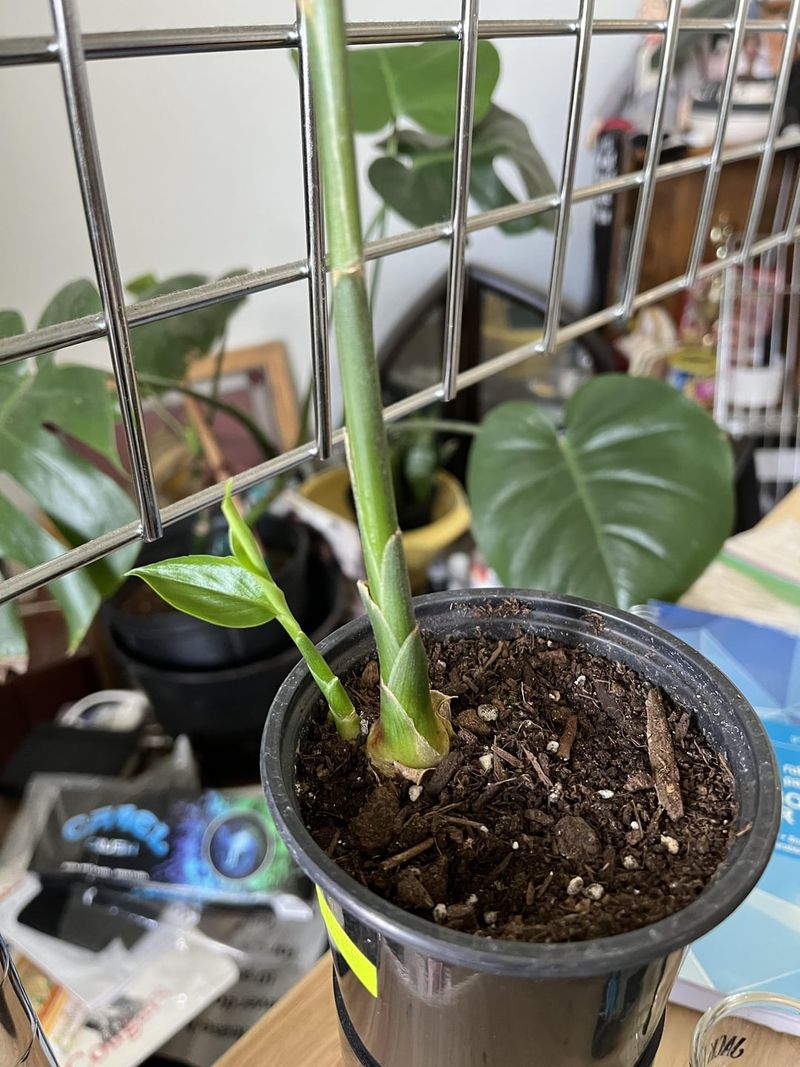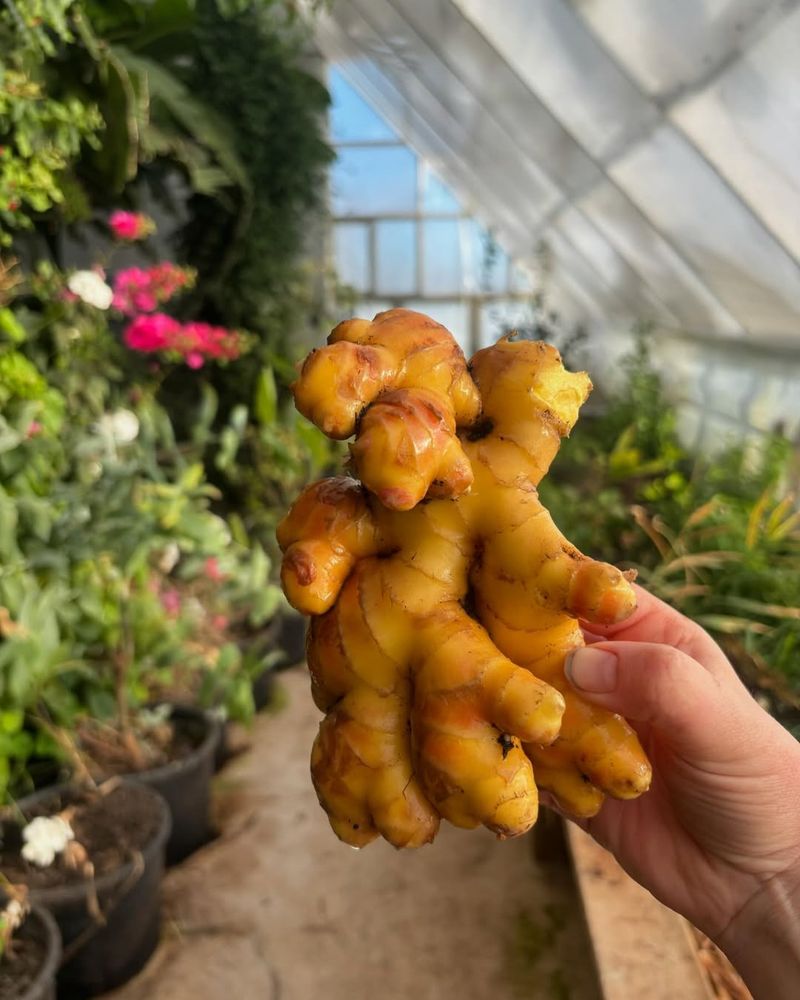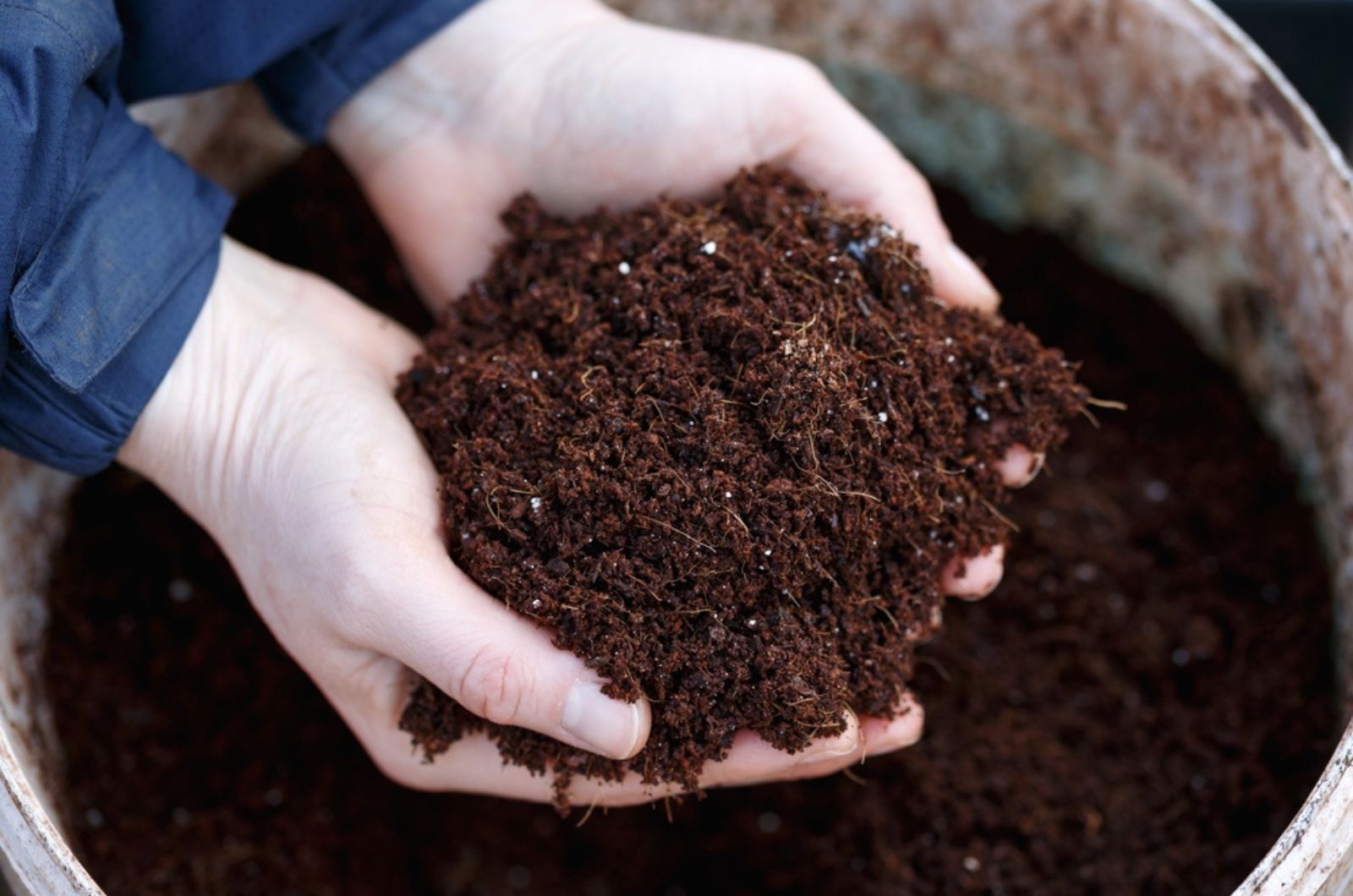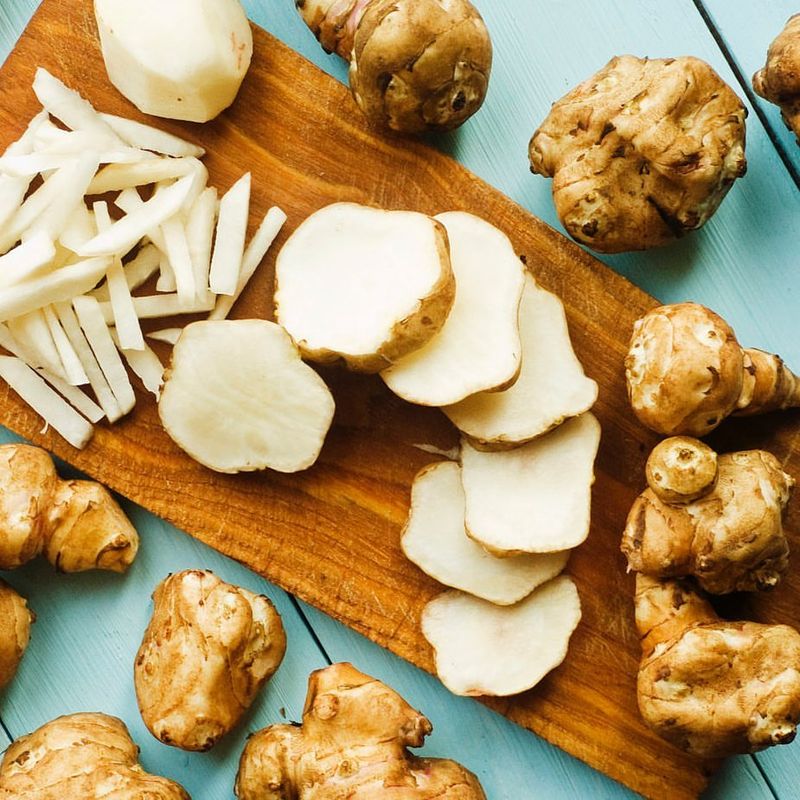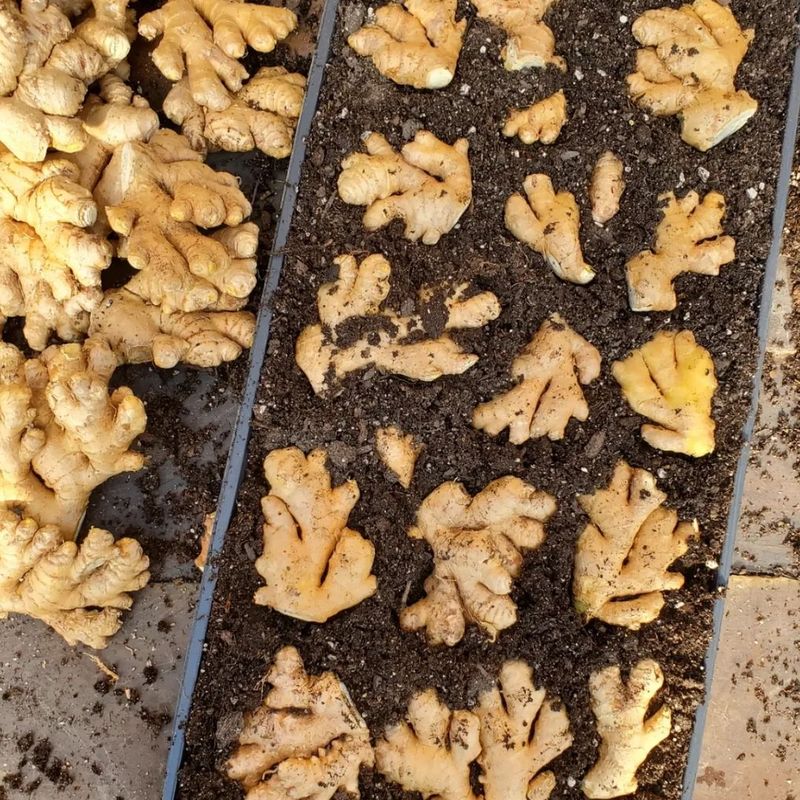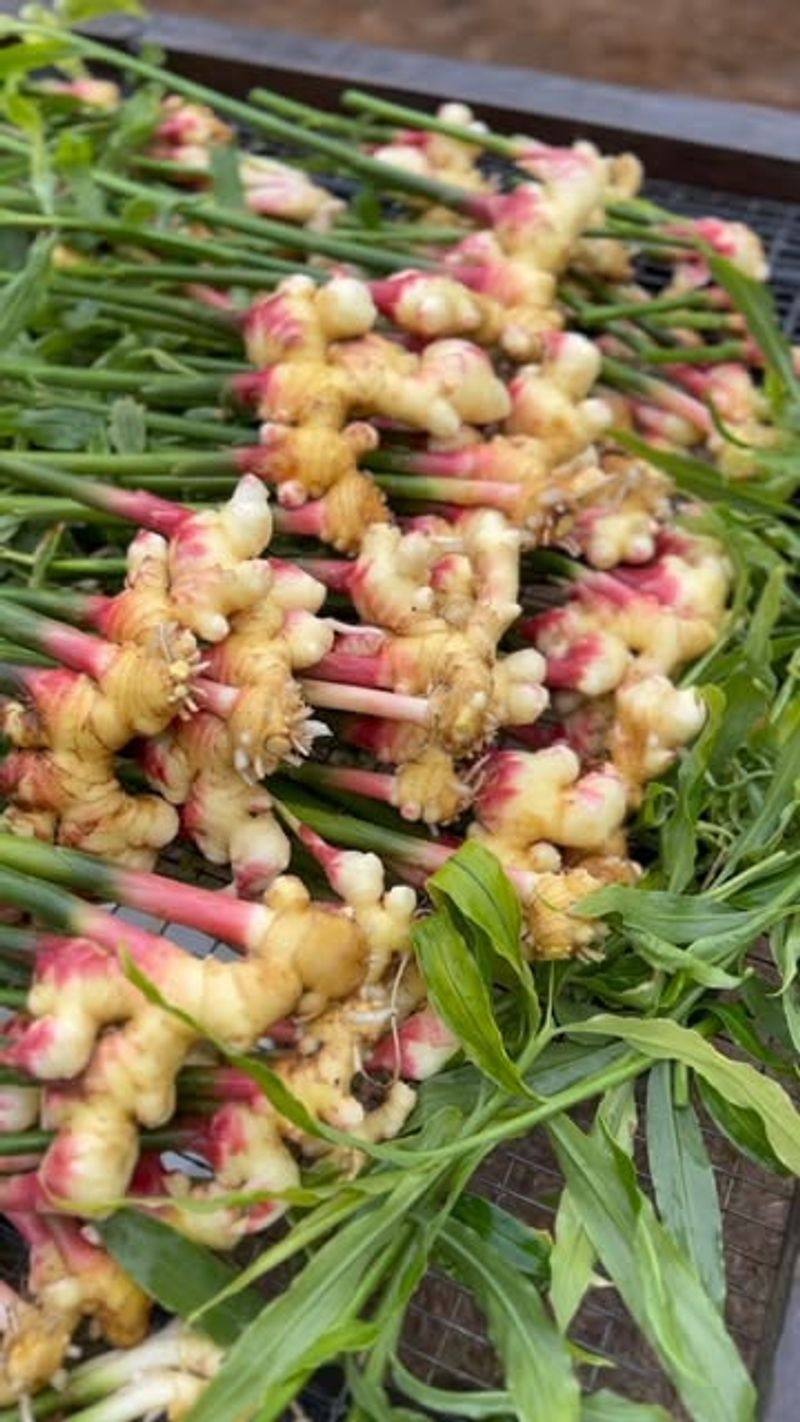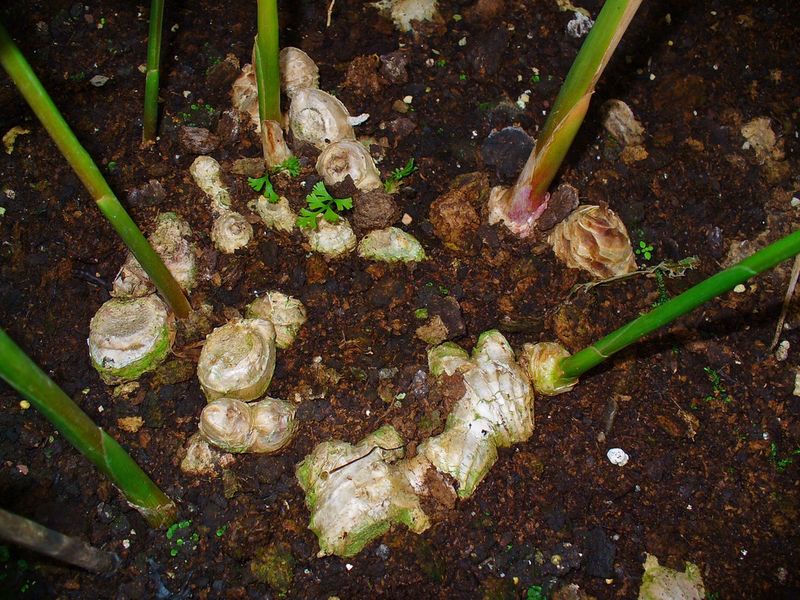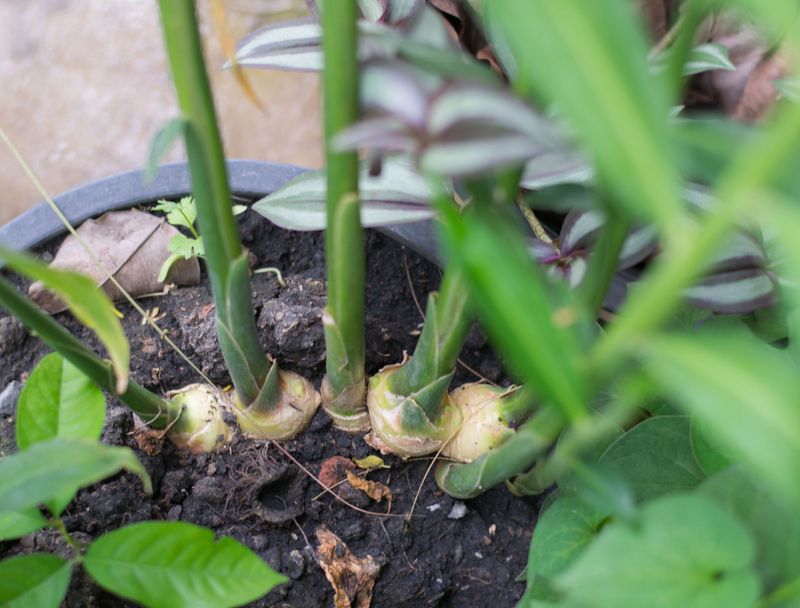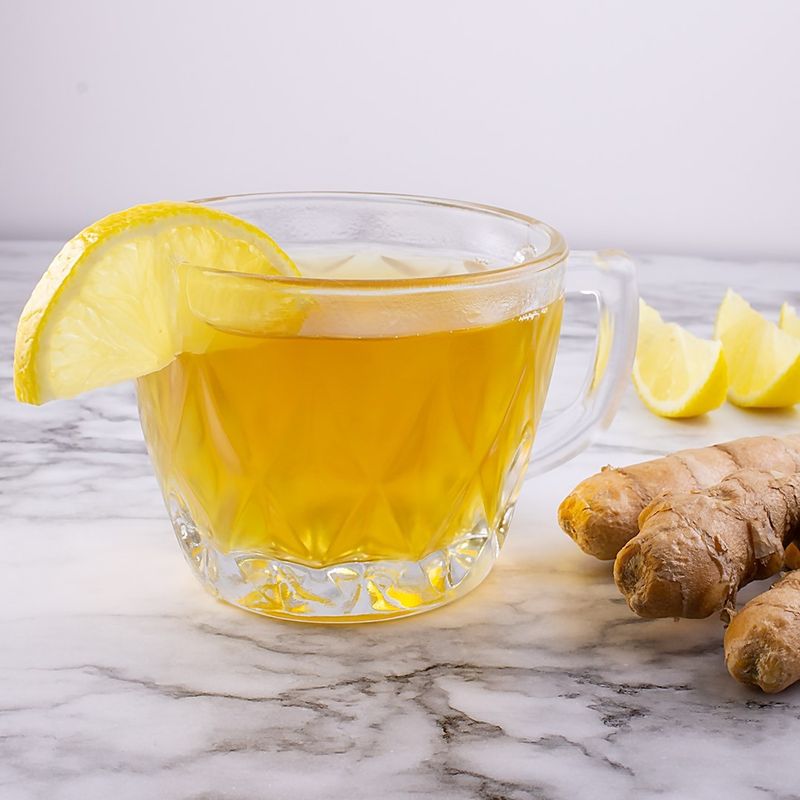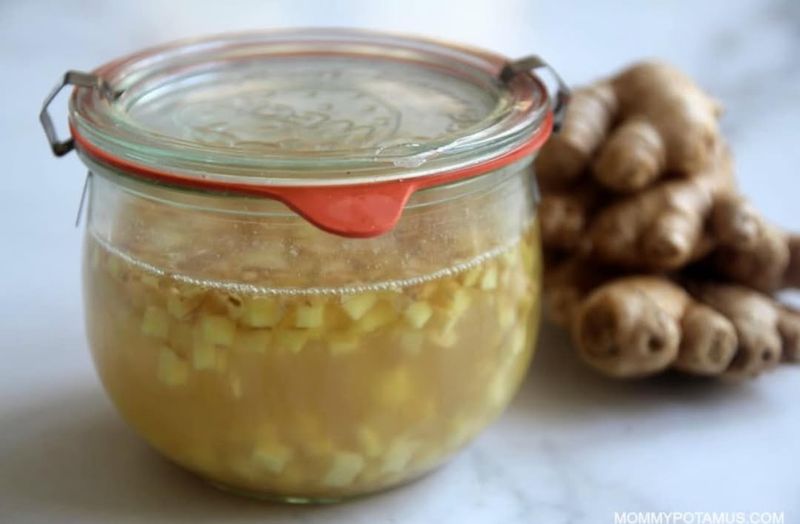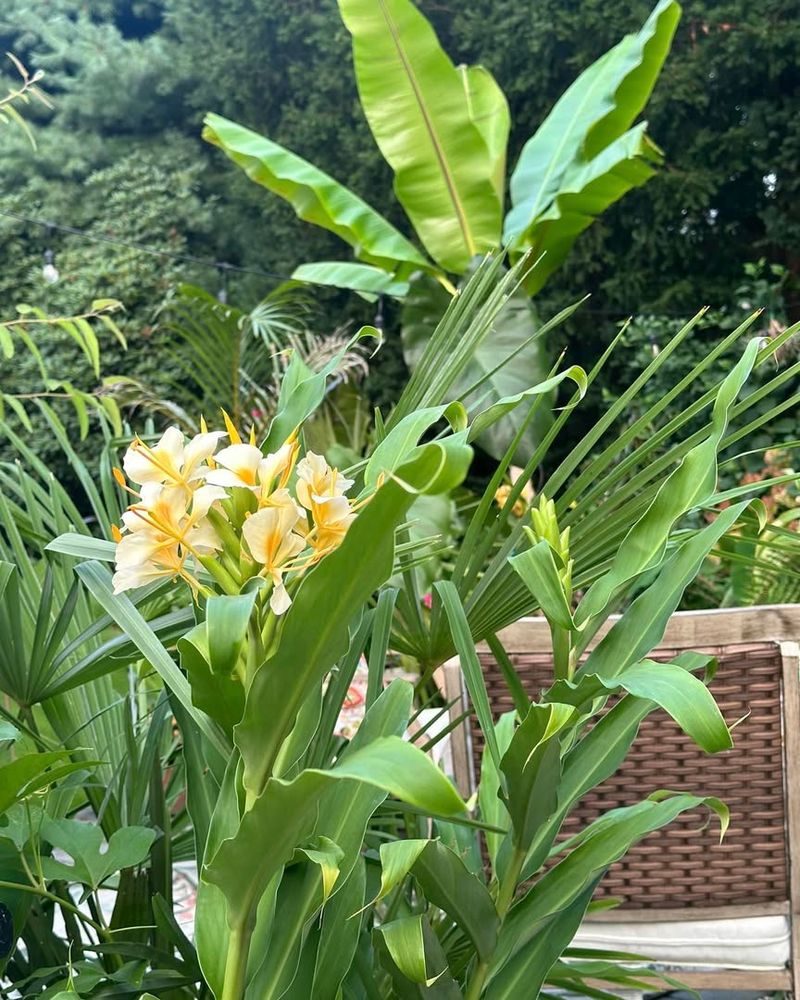Discover the art of ginger gardening with this comprehensive guide. Whether you’re a seasoned gardener or just starting out, these 24 secrets will help you cultivate an endless supply of ginger right at home.
From selecting the perfect rhizomes to creating the ideal growing conditions, you’ll learn everything you need to know to nurture this flavorful and versatile plant. Embark on your ginger-growing journey and enjoy fresh, homegrown ginger year-round.4
1. Selecting the Perfect Rhizomes
Start by choosing the best ginger rhizomes for planting. Healthy ginger rhizomes should be plump, shiny, and free from any signs of mold or disease.
To ensure a bountiful harvest, always opt for organic rhizomes if possible, as they’re more likely to be free of growth inhibitors. Plant these rhizomes in well-drained soil in a part of your garden that receives dappled sunlight.
With the right care, each rhizome can produce a thriving ginger plant, ready for you to enjoy in your favorite dishes.
2. Preparing the Soil
Soil preparation is a fundamental step in growing ginger. Loamy soil enriched with compost is ideal for nurturing ginger plants.
Ginger thrives in well-drained soil, so adding sand can improve drainage if your soil is too clayey. Test the soil pH, aiming for a slightly acidic to neutral range between 5.5 to 6.5.
By creating the perfect soil environment, you set the stage for vigorous ginger growth and healthier rhizomes.
3. Understanding Ginger’s Climate
Ginger plants flourish in warm and humid climates. They are native to tropical regions and require similar conditions to thrive.
Ideal temperatures for ginger growth range from 70°F to 85°F, making it perfect for summer planting. If you’re living in a cooler area, consider growing ginger in pots that can be brought indoors.
By mimicking its natural habitat, you’ll encourage your ginger plants to grow robustly.
4. Watering Techniques
Watering is a critical aspect of ginger cultivation. Ginger plants need consistent moisture but must not be waterlogged.
The key is to keep the soil moist, especially during the growing season. Use a watering can to gently water the plants, aiming for the base rather than the foliage.
Proper watering techniques will help prevent root rot and promote healthy growth.
5. Mulching for Moisture Retention
Mulching is a gardener’s secret weapon for moisture retention. Applying a layer of mulch around ginger plants helps conserve water.
It also regulates soil temperature and suppresses weeds, which can compete for nutrients. Organic mulches like straw or bark chips work best and decompose over time, enriching the soil.
Mulch wisely, and you’ll notice your ginger plants thriving with less frequent watering.
6. When to Plant Ginger
Timing is everything when it comes to planting ginger. Spring is the ideal time, as it allows the plants to establish before the heat of summer.
Ginger needs a long growing season, so planting early ensures it has plenty of time to mature. If you’re in a warmer climate, you may extend planting into early summer.
Knowing the best planting time will maximize your ginger harvest.
7. Identifying Growth Stages
Recognizing the growth stages of ginger is essential for proper care. Initially, you’ll notice sprouts emerging from the soil.
As the plant matures, green leafy stems will grow taller, leading to a lush canopy. Ginger plants typically take 8-10 months to reach maturity, depending on the climate.
Understanding these stages will help you anticipate the right time for harvest and care.
8. Companion Planting
Companion planting can enhance ginger growth and deter pests. Ginger pairs well with crops like basil, chilies, and turmeric.
These plants can benefit from each other by sharing nutrients and improving soil health. Additionally, they can attract beneficial insects that help control pests naturally.
By incorporating companion planting, you’ll create a harmonious garden ecosystem.
9. Fertilizing Ginger Plants
Fertilizing is key to boosting ginger’s growth. While ginger doesn’t require excessive feeding, moderate application of organic fertilizer helps.
Fertilize every 6-8 weeks during the growing season, using a balanced formula rich in potassium. Avoid over-fertilizing, as it can lead to excessive foliage growth with fewer rhizomes.
With the right nutrient balance, your ginger will thrive and produce abundant rhizomes.
10. Managing Pests and Diseases
Pests and diseases can threaten ginger plants if not managed. Common pests include aphids and spider mites, which can be controlled organically.
Use neem oil or insecticidal soap to treat infestations, and maintain good air circulation to prevent fungal diseases. Regular inspection of plants will help catch any issues early.
By staying vigilant, you can keep your ginger plants healthy and productive.
11. Harvesting Ginger
Harvesting ginger is as rewarding as growing it. When the leaves yellow and die back, it’s time to unearth the treasures.
Use a fork or spade to gently lift the rhizomes, being careful not to damage them. Harvesting can be done selectively, allowing some rhizomes to continue growing for future crops.
This method ensures a continuous supply of fresh ginger.
12. Storing Fresh Ginger
Proper storage extends the life of fresh ginger. Keep unwashed rhizomes in a cool, dry place in paper bags.
Avoid refrigeration unless necessary, as it can affect flavor and texture. For longer storage, freeze ginger in airtight containers after slicing.
These methods preserve ginger’s freshness, making it available whenever you need it.
13. Propagating Ginger for Continuity
Propagating ginger ensures a continuous supply. Divide healthy rhizomes into sections with at least one bud eye each for planting.
Plant them in fresh soil, providing similar care to the parent plant. This simple technique allows you to expand your ginger garden effortlessly.
By propagating, you’ll have a never-ending supply of this versatile spice.
14. Growing Ginger Indoors
Indoor gardening makes ginger growing accessible to everyone. Use pots with drainage holes and quality potting mix to cultivate ginger indoors.
Place them in a sunny spot, such as a windowsill, and water moderately to mimic outdoor conditions. Indoor ginger may grow slightly slower but will still provide fresh rhizomes.
This method is perfect for urban gardeners or those with limited outdoor space.
15. Creating a Ginger Patch
A dedicated ginger patch can yield impressive results. Allocate space in your garden for rows of ginger plants.
Ensure the soil is well-prepared and enriched with organic matter for best growth. Regular maintenance, like weeding and fertilizing, will keep the patch thriving.
With proper care, your ginger patch will become a reliable source of homegrown spice.
16. Understanding Soil Types
Different soil types affect ginger growth. Loamy soil, with its balance of sand, silt, and clay, is ideal.
It allows for proper drainage and nutrient retention, crucial for healthy ginger plants. Amending soil with organic matter further enhances its quality.
By understanding soil types, you can adjust your garden setup to suit ginger’s needs.
17. Ginger’s Nutritional Needs
Ginger has specific nutritional needs for optimal growth. Potassium and phosphorus are crucial elements.
These nutrients support root development and overall vigor. Regular soil testing can help determine nutrient deficiencies.
By addressing these needs, you’ll promote robust ginger plants with abundant rhizomes.
18. Dealing with Frost
Frost can be detrimental to ginger plants. Protect them by covering with frost cloths during unexpected cold snaps.
In colder regions, consider growing ginger in containers that can be moved indoors when temperatures drop. Ensure the protection methods are in place before frost arrives.
By taking these precautions, you can safeguard your ginger crop.
19. Extending the Growing Season
To extend ginger’s growing season, consider using greenhouses. These structures provide a controlled environment year-round.
The added warmth and protection from elements like wind and frost allow ginger to thrive longer. This method is especially beneficial in regions with short summers.
By extending the season, you’ll enjoy a more prolonged harvest.
20. Ginger Plant’s Lifecycle
Understanding the lifecycle of ginger aids in proper cultivation. It starts with planting rhizomes and ends with harvesting mature roots.
The cycle includes stages like sprouting, leafy growth, and rhizome development. Each phase has specific care requirements to ensure success.
By following this lifecycle, you align your gardening practices with ginger’s natural rhythm.
21. Maximizing Space in Small Gardens
Space constraints don’t have to limit ginger gardening. Innovative methods like vertical gardening can maximize small spaces.
Use tiered planters or wall-mounted pots to grow ginger vertically. This not only saves ground space but also enhances garden aesthetics.
With creativity, even the smallest garden can yield a bountiful ginger harvest.
22. Making Ginger Tea from Homegrown Ginger
Homegrown ginger makes delightful tea. Simply peel and slice fresh rhizomes, then steep in hot water.
Add honey or lemon to taste, creating a soothing beverage rich in flavor. Ginger tea is not only delicious but also offers numerous health benefits.
Enjoy a warm cup, knowing it came from your own garden’s bounty.
23. Preserving Ginger for Future Use
Preservation techniques extend ginger’s usability. Drying, pickling, and powdering are effective methods.
These options allow for diverse culinary uses while retaining ginger’s flavor. Store preserved forms in airtight containers.
By preserving ginger, you ensure its availability for cooking and remedies all year round.
24. Creating a Ginger Garden Plan
Planning is crucial for a successful ginger garden. Start by sketching a layout that includes ginger and companion plants.
Consider factors like sunlight, spacing, and water access when planning. A well-thought-out plan simplifies maintenance and maximizes yield.
With a garden plan, you’re more likely to achieve a thriving, well-organized garden.

